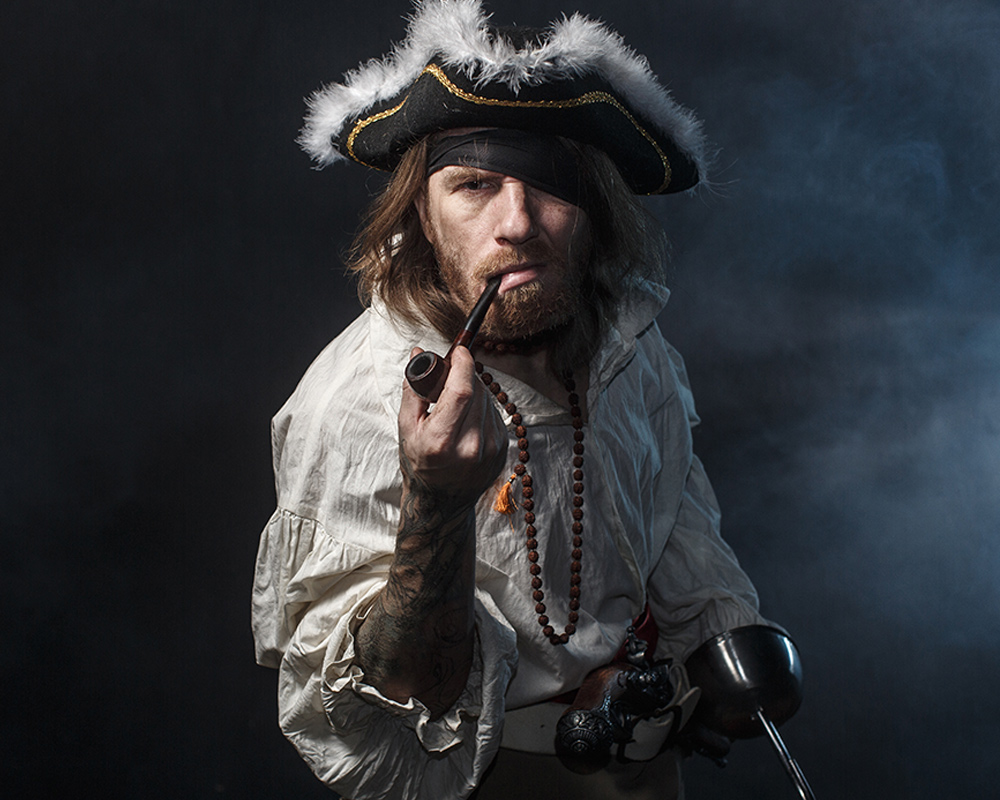Pirates didn’t actually speak with a “pirate” accent.

We may throw around a bunch of “arrrs” and “shiver me timbers” if we want to sound like a pirate, but is that really how they talked? Turns out, definitely not.
Pirates from different parts of the globe probably had a wide range of accents and dialects, as you would expect. So where did all this pirate talk come from? Turns out, it originated in the 1950s with Disney’s movie adaptation of Treasure Island.
Pirates didn't wear special outfits.
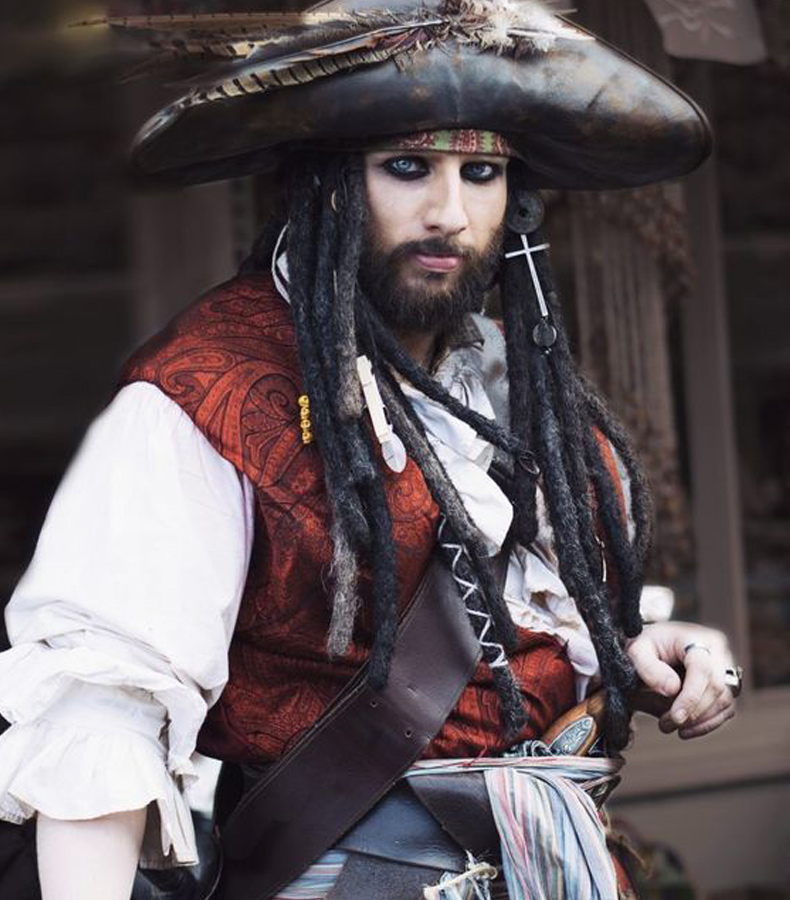
When you think of an iconic pirate, you might imagine a scallywag like Jack Sparrow in pirate-y tatters or a more refined gentleman, like Captain Hook and his fancy clothes. However, it turns out that real pirates probably weren’t as fashion forward as them.
In reality, pirates generally wore clothing common to sailors at the time. While wealthier pirates might be able to afford more elaborate garb, there was no official outfit that would signal someone was a pirate specifically.
Not every pirate with an eyepatch was missing an eye.

At least one pirate stereotype is true--they were known to rock an eye patch from time to time. But it wasn’t always for the reason you might think.
While some pirates may have been hiding a missing eye behind their patches, not all of them did. Wearing an eyepatch could allegedly make the adjustment from the low light below deck into the bright sun easier on the eyes.
Pirates tried to cure sea sickness with earrings.

Despite what you might think, a pirate with an earring wasn’t trying to make a fashion statement--they were trying to cure sea sickness.
At the time, people believed that applying pressure to the earlobe could help reduce the effects of sea sickness. However, that’s not true, which made their earrings just about as effective as the bunk motion sickness jewelry we still have around today.
Pirates have been around since at least the 1300s BC.

It turns out that pirates have been around since, at least, near the dawn of recorded human history. That makes it seem like piracy is probably a feature and not a bug of human nature.
The earliest discovered text about pirates comes from ancient Egypt. In 1353 B.C., Pharaoh Akhenaten complained of pirates raiding the coastal ports of the country.
The "Golden Age" of Piracy Occurred in the 1600s and 1700s.
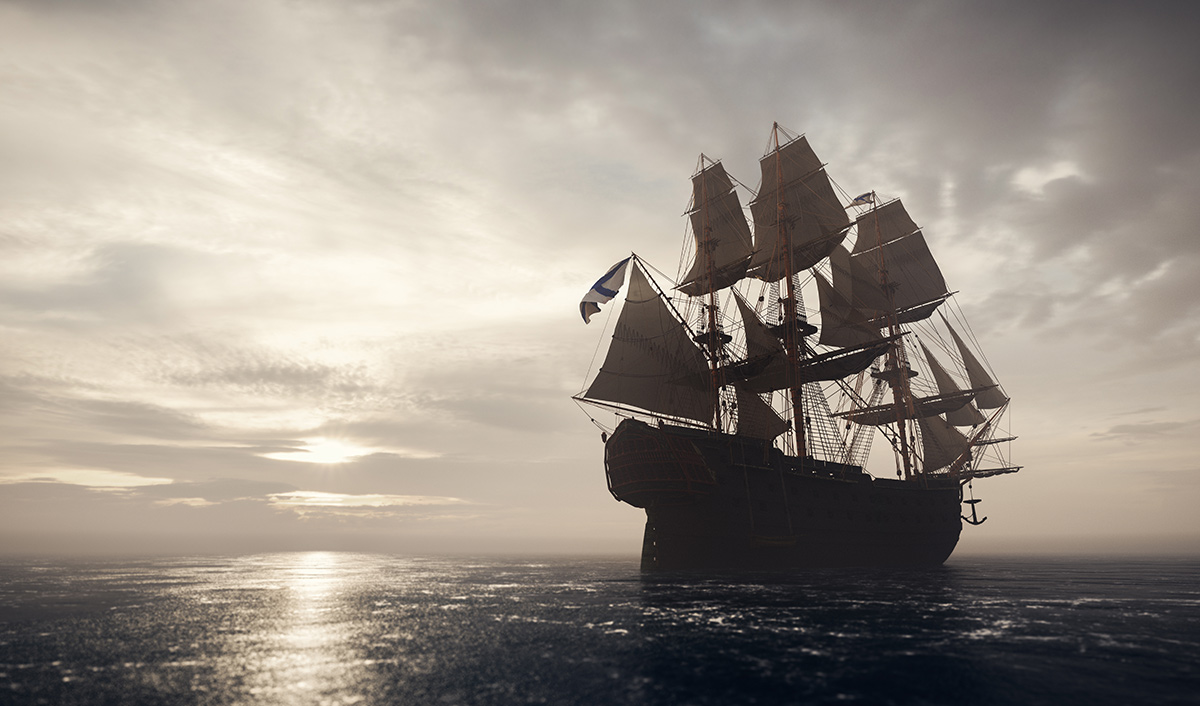
Even though pirates have been around for millenia, they really had a moment in the 1600s and 1700s. This is sometimes referred to as the “Golden Age” of piracy.
It was during this time that many of the most (in)famous pirates sailed the seven seas. They included big names like Blackbeard and Captain Kidd.
For pirates, maps were more important than treasure.
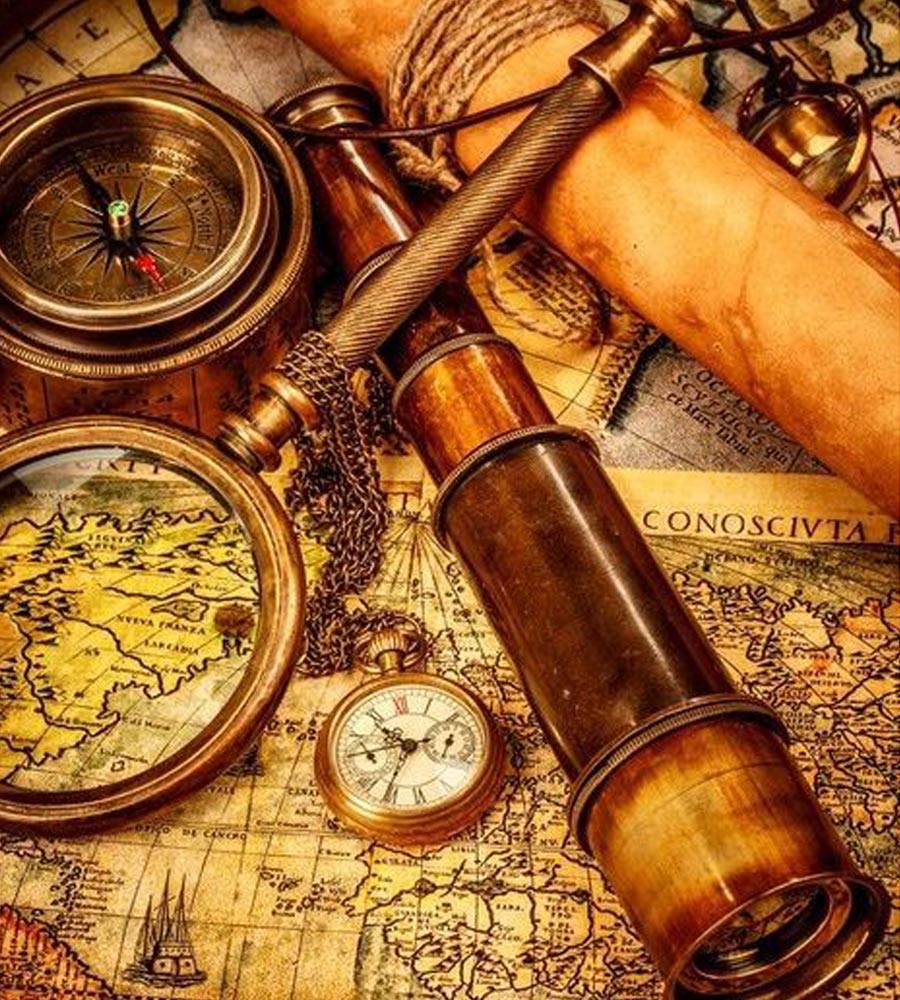
There’s no denying it--pirates were all about protecting their booty. However, for pirates, treasure didn’t always come in the form of gold and jewels.
In fact, high-quality maps were typically prized highly above everything else. How are you going to secure all that additional treasure if your map is leading you in the wrong direction?
Pirates had to eat a special diet on the sea.
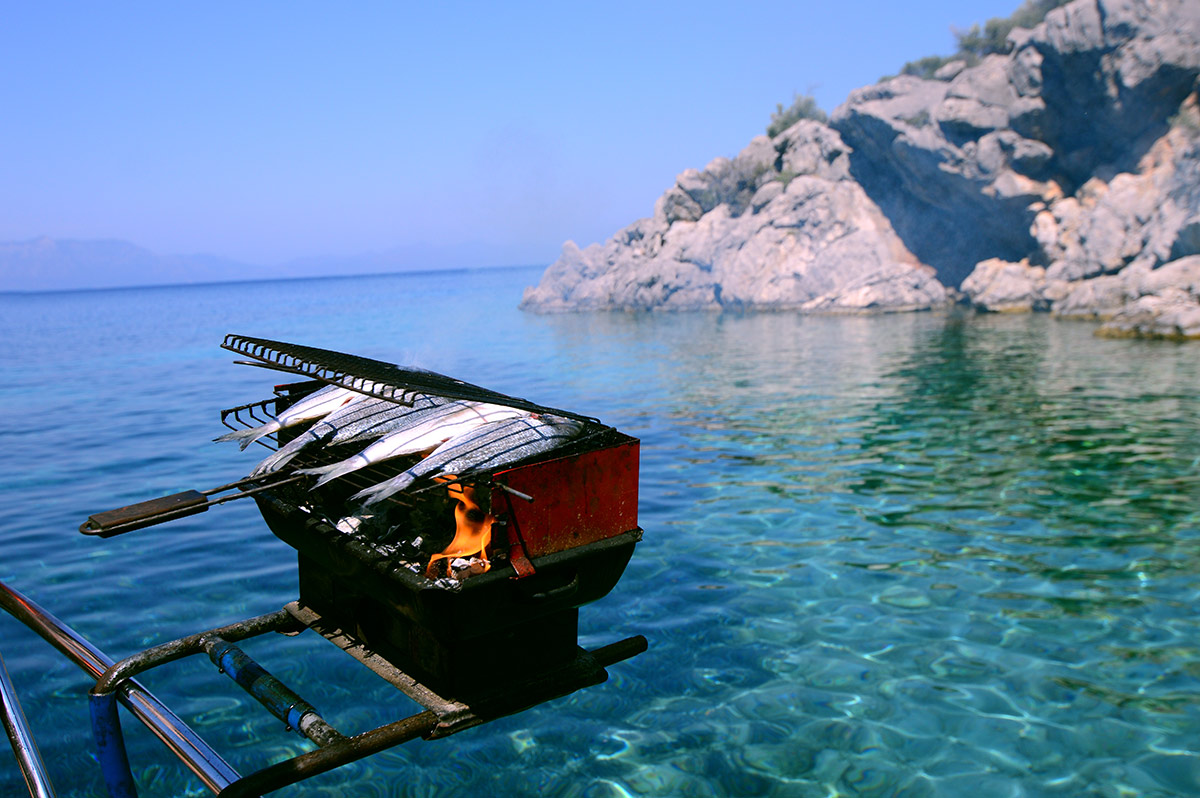
It should come as no surprise that life on a pirate ship wasn’t as fun and refined as life on a luxury cruise liner. And that was especially true when it came to food.
Because they would be potentially spending months at sea, non-perishable food was the main staple for pirates, which, back then, basically meant cured meat and fermented vegetables. Let’s hope they liked sauerkraut.
Pirate captains were elected by the crew.
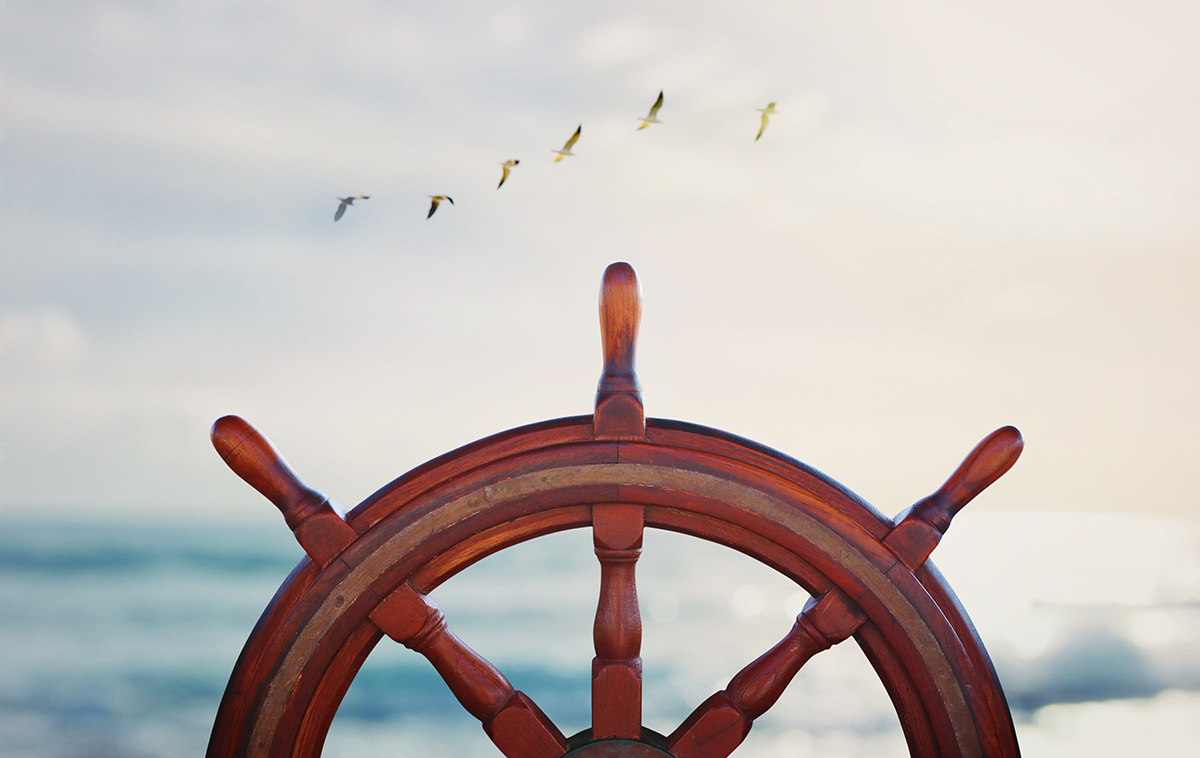
You might think that pirates ruled by force, considering that they stole by force, but that wasn’t the case. Pirates are nothing if not full of surprises.
In reality, the captains of pirate ships were elected by crew vote. And if the crew wasn’t happy with the captain’s performance, he could be voted out of office as well.
Pirates had to follow some strict rules.

Life on a pirate ship wasn’t all anarchy, even if that’s how it’s depicted in movies a lot of the time. In fact, the pirate’s code was full of some surprisingly strict rules that crew members had to follow.
A lot of the code had to do with how plundered treasure would be split up, but there were also rules governing behavior on the ship as well. This included things like curfews and how to deal with troublesome crew members.
The pirate life was probably nicer than life on a merchant ship.
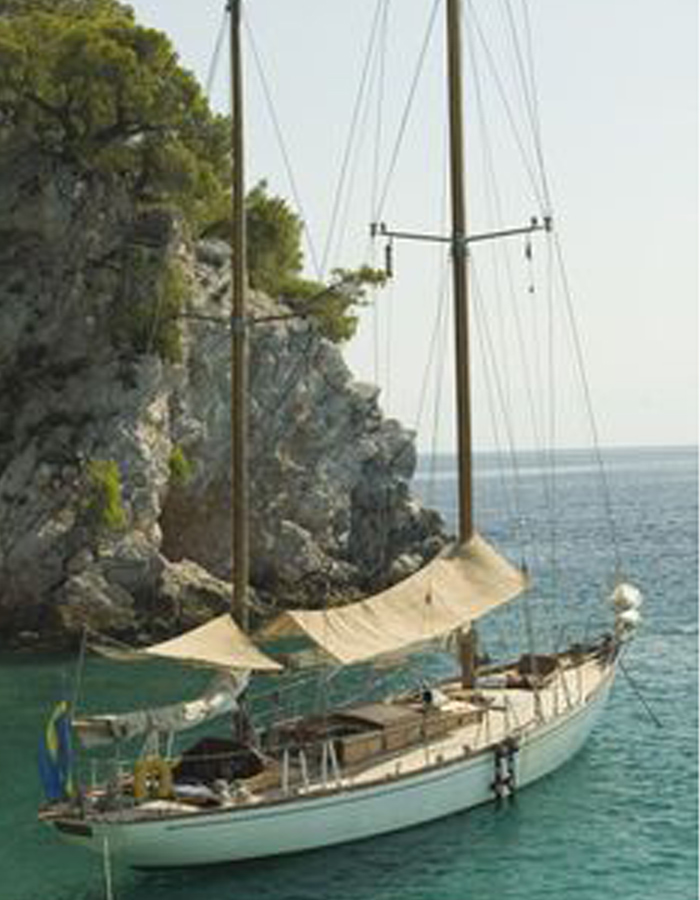
Sure, you’re a thief that strikes terror into the hearts of men, but if you could deal with being a terrible person, life on a pirate ship wasn’t too bad. At the very least, it was better than the alternative.
Legitimate merchant sellers often had to deal with conditions that were way worse than those on a pirate ship. This included things like being cheated out of your wages or running out of food before the journey was over.
Pirates sometimes brought entertainers with them.
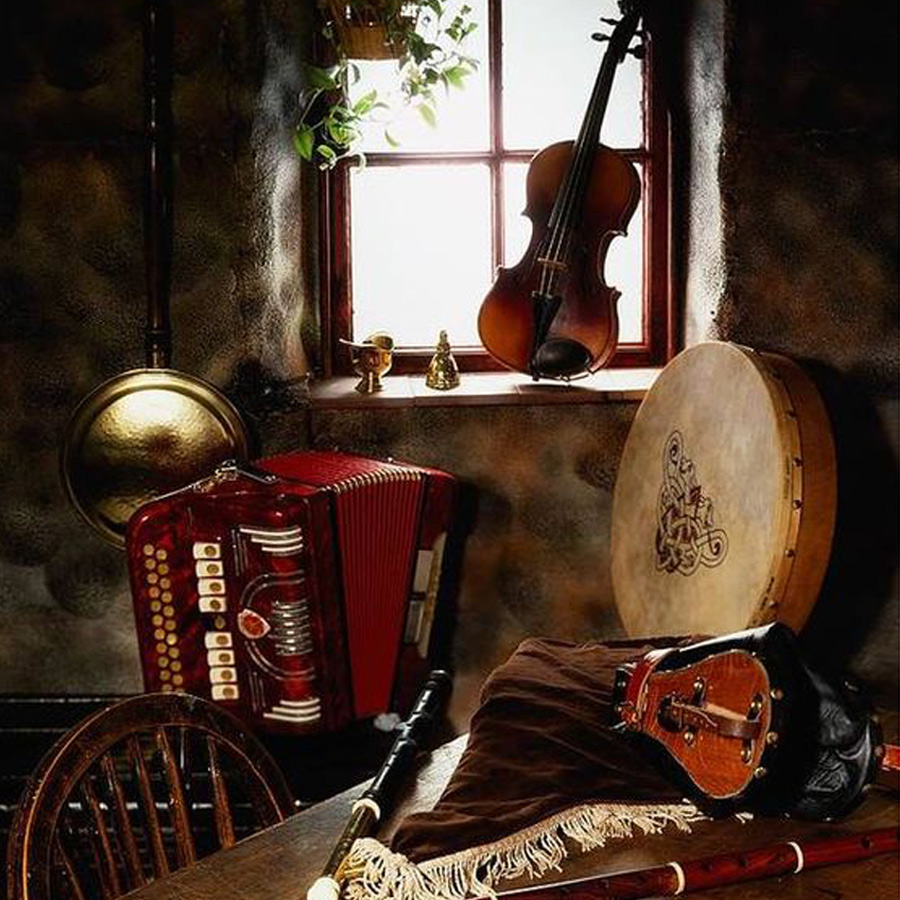
You would think that pirates would be all business, but that wasn’t the case. Even they wanted to unwind from time to time.
That’s why they would sometimes bring musicians or actors along to keep themselves entertained during the journey. Even a pirate needs to relax after a long day of pillaging.
Pirates really did keep parrots as pets.

It might seem like one of the more ridiculous pirate stereotypes, but it’s actually true--parrots were a common pet among pirates.
Keeping a more traditional pet on board, like a cat, was more of a hassle than a parrot. But convenience wasn’t the only reason--parrots would also fetch a nice price after a pirate returned home.
The Jolly Roger wasn't the only pirate flag.

The skull and crossbones flag (a.k.a. the Jolly Roger) was used by pirates indicating that they were ready to attack. However, ships didn’t actually fly this flag 24/7.
Different pirates had all sorts of different designs for their flags. For example, Black Bart’s ships flew a flag depicting him with holding the devil in an hourglass, while Captain Low used a red skeleton on his.
Piracy could actually be beneficial to the economy.
Not all pirates were social outcasts.

There were plenty of unsavory pirates back in the day, but that didn’t account for all of them. As bizarre as it sounds, some pirates were actually respected members in their community.
For example, Captain Kidd may have been an infamous pirate, but he was also an important benefactor for a New York City landmark. Kidd was instrumental in the construction of Trinity Episcopal Church on Wall Street.
Pirates would maroon crew members who were acting up.
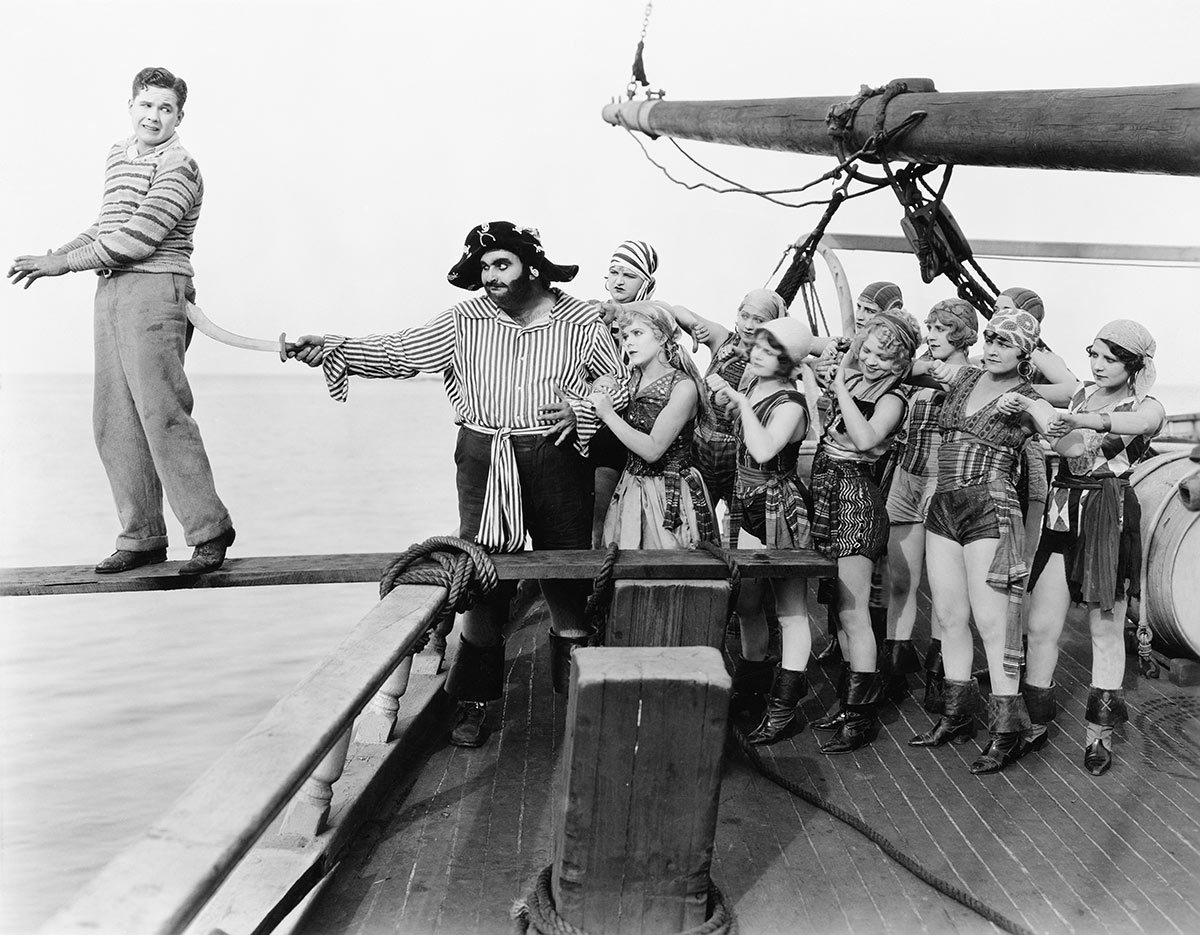
Even pirates can’t stand annoying people, which is probably why they would maroon crew members on deserted islands if they acted up. No one wants to deal with a difficult co-worker.
However, they wouldn’t just desert them empty handed. They’d also leave them a gun with a single bullet, should they feel the need to end things on their own terms.
The biggest plunder by a pirate was worth $200 million.
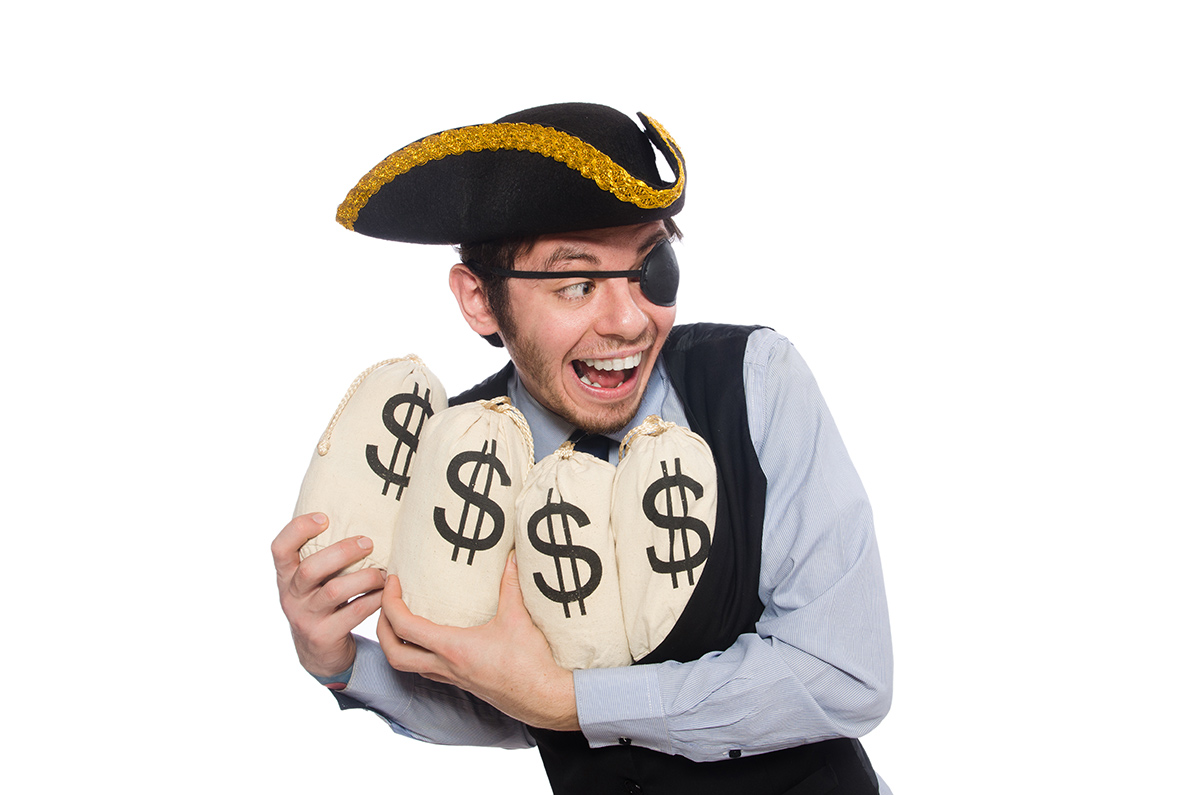
Even by today’s standards, some pirates pulled in truly impressive hauls. The biggest single plunder on record belongs to 17th century pirate Henry Every.
Every and his crew managed to make off with over $200 millions dollars worth of treasure (by today’s monetary standards). And, unlike some unluckier pirates, Every was never caught and punished for his heist.
Pirates still exist today.
Most pirates didn't actually bury their treasure.
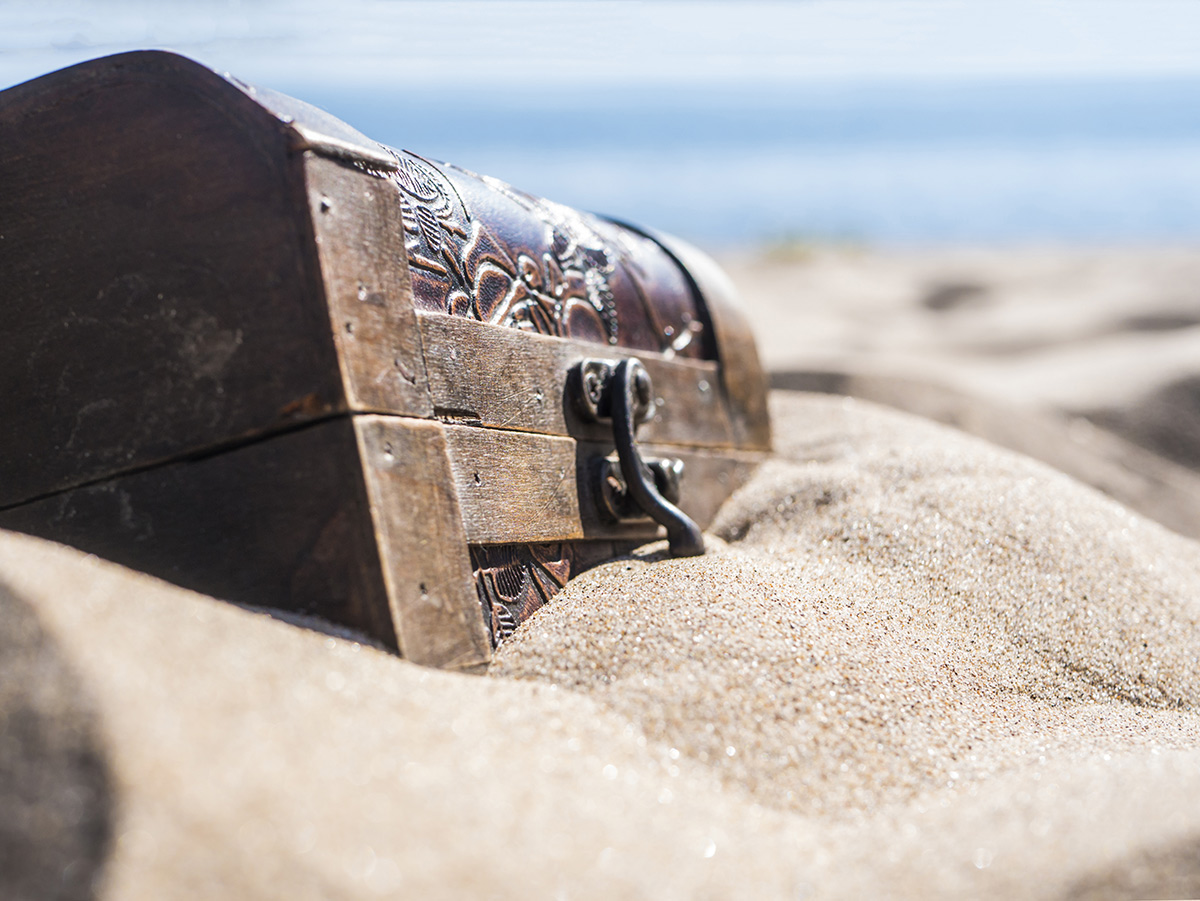
Before you head out into the backyard with a shovel, know this--most pirates didn’t actually bury their treasure. And why would they?
Buried treasure can’t be spent or traded, which defeats the point of piracy. Most pirates weren’t doing it for the thrill of thievery--they were doing it to get rich.
 Author
Ron Winkler
Last Updated: August 14, 2025
Author
Ron Winkler
Last Updated: August 14, 2025

